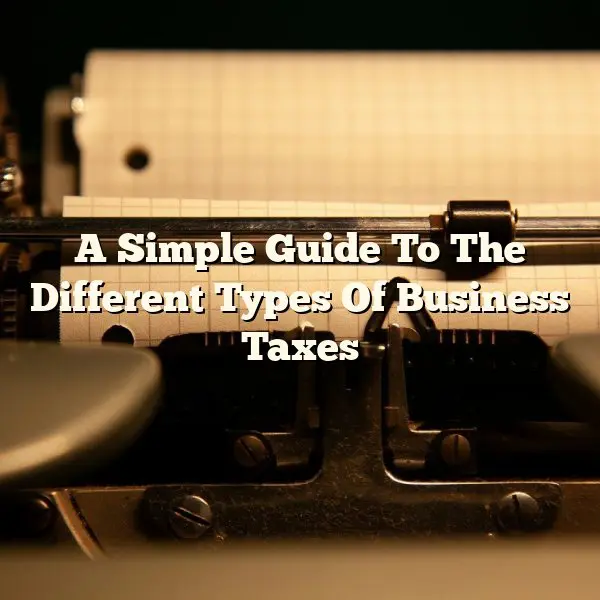The Irish coat of arms is a heraldic design employed by members of a family to show their great pride in their clan and family heritage. Coats of arms were part of Norman and northern European practices and did not become traditionally used among Irish families until after the English invasion of Ireland in the 12th century. Family crests are comparable to modern day gang colors and showed you were part of a specific clan or region. They were also utilised in warfare to tell friends from opponents, to act as a rallying point and a token of what they were struggling for.
The coat of arms was usually put on on a tunic or on the breast of a suit of armor. It also was maintained and displayed on flags and pendants. In battle it was often emblazoned onto a warriors shield. These coat of arms were packed with symbolism and meaning and commonly showed ties between families. Three reoccurring designs found on Irish family crests are the red hand, the stag walking, and the wild boar.
Although its origins go all the way back to pagan times “The Red Hand of Ulster” in Gaelic L’mh Dhearg Uladh, is most typically linked to the O’Neil clan and it is sometimes referred to as the “Hand of O’Neil”. The O’Neal’s are one of the most ancient families in Ireland and claim ancestory to a grandson of Niall Glun Dubh a 10th century King of Ireland and through him to Niall of the Nine Hostages, a legendary 4th century high king. It had been used by the O’Neils during the nine year war and their war cry was “L’mh Dhearg Ab!”, meaning “red hand to victory.” Its oldest use on a family crest dates back to 1243 when Walter de Burgh became Earl of Ulster and applied it to his family crest. It can also be seen on the flag of Northern Ireland as well as the shields of counties Cavan, Tyrone, Londonderry, Antrim and Monaghan. Other families that use the red hand on their crest are Branagan, Brennan, Byrne, Cullen, Daly, Daugherty, Fox, Guinness, McNeil, Neal or O’Neal, Riley, Reilly or O’Reilly.
The stepping stag symbolizes stable political power and is most often associated with the McCarthy clan. The McCarthy’s were one of the more important families of southern Ireland and trace their ancestry to Carthach, a 11th century E’ganacht Chaisil king and contempary of Brian Boru High King of Ireland. His son Muireadhach styled himself Mac Cartaigh meaning son of Carthach and his sons adopted the surname Mac Carthy. The Mac Carthy’s were allied to many families of southern Ireland and battled constantly with their Norman neighbors the Fitzgerald’s and Butler’s. A couple of other families which feature the stepping stag are Daugherty, Green, McConnell or O’Connell and Rogers.
The wild boar is a symbol of steadfastness, valor along with a readiness to fight to the death. In contrast the boars head which signifies hospitality. The Sullivan’s or O’Sulliavan’s, Gaelic Ua S’ileabh’in, are another ancient Irish clan. Their crest features two wild boars on a black and white quartered field. The O’Sullivan center of authority was at County Tipperary but they were also numerous in Cork and Munster. They are decent from Fedelmid mac Crimthainn a 9th century King of Munster. Other families who use the wild boar symbol are Cassidy, McCann, and Sweeny.
The symbols of Irish heraldry are very plentiful including wild and mythical beasts, weaponry, and heraldic emblems, these are only a couple which are usually distinctly Irish. If you have Irish ancestors there are a number good publications available that can help an armature genealogist learn about their coat of arms.
Wm Martin is an expirienced genealogist come read more about our site. Irish Coat of arms are our specialty. Learn more about Irish coat of arms.. Free reprint available from: Symbols Used on Irish Family Crest.


